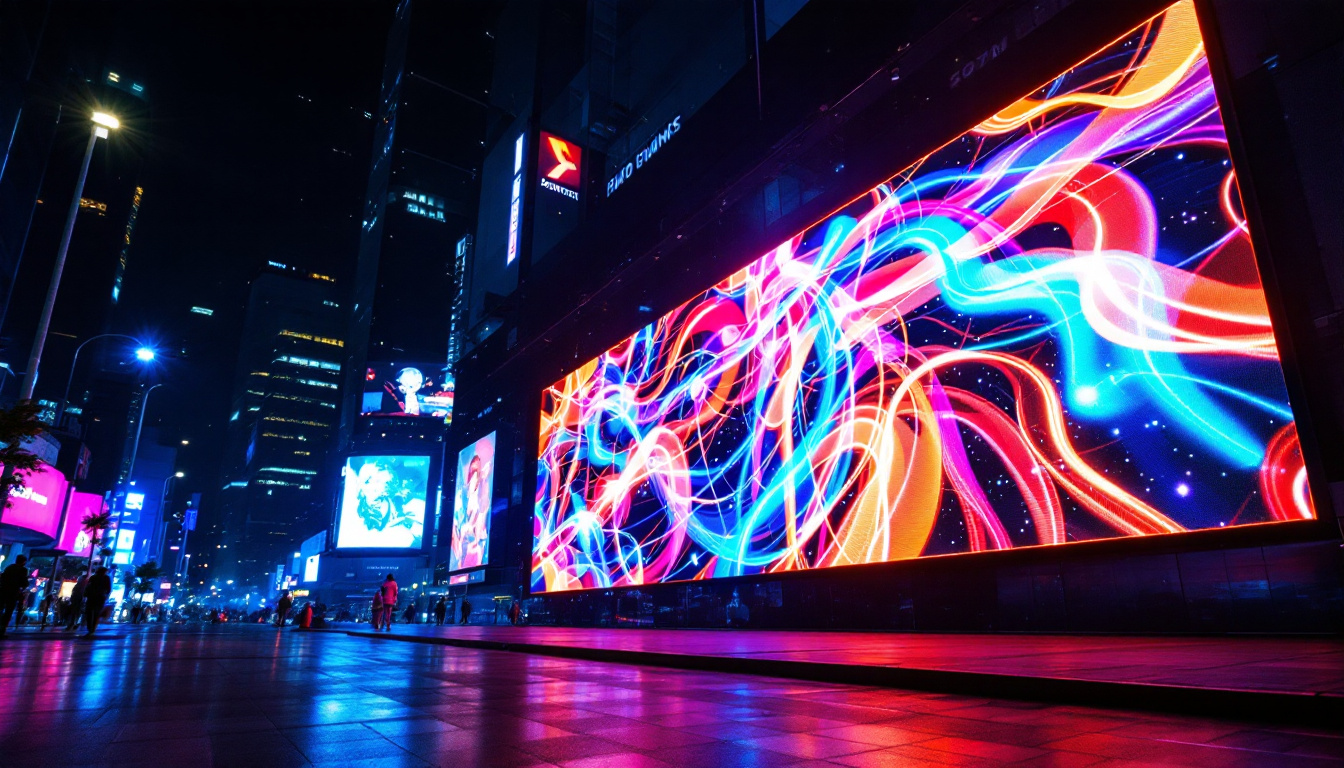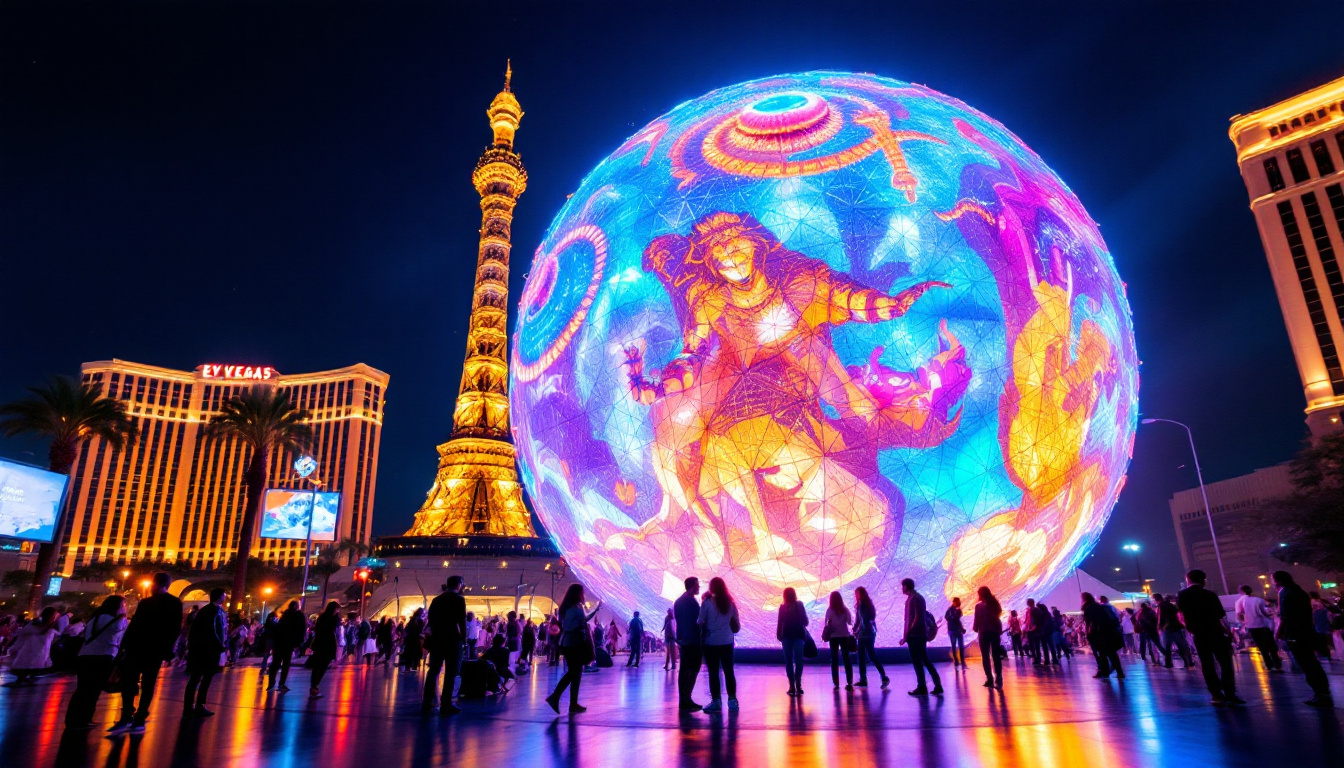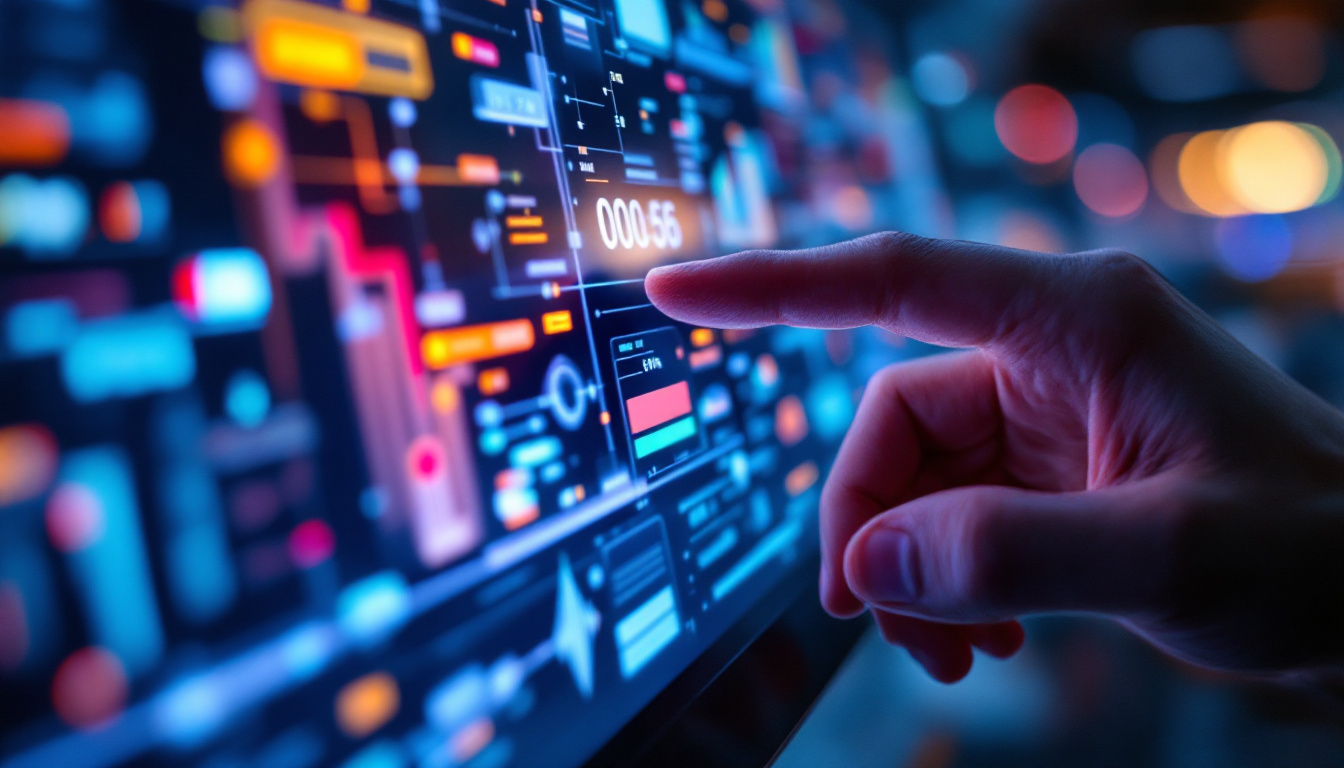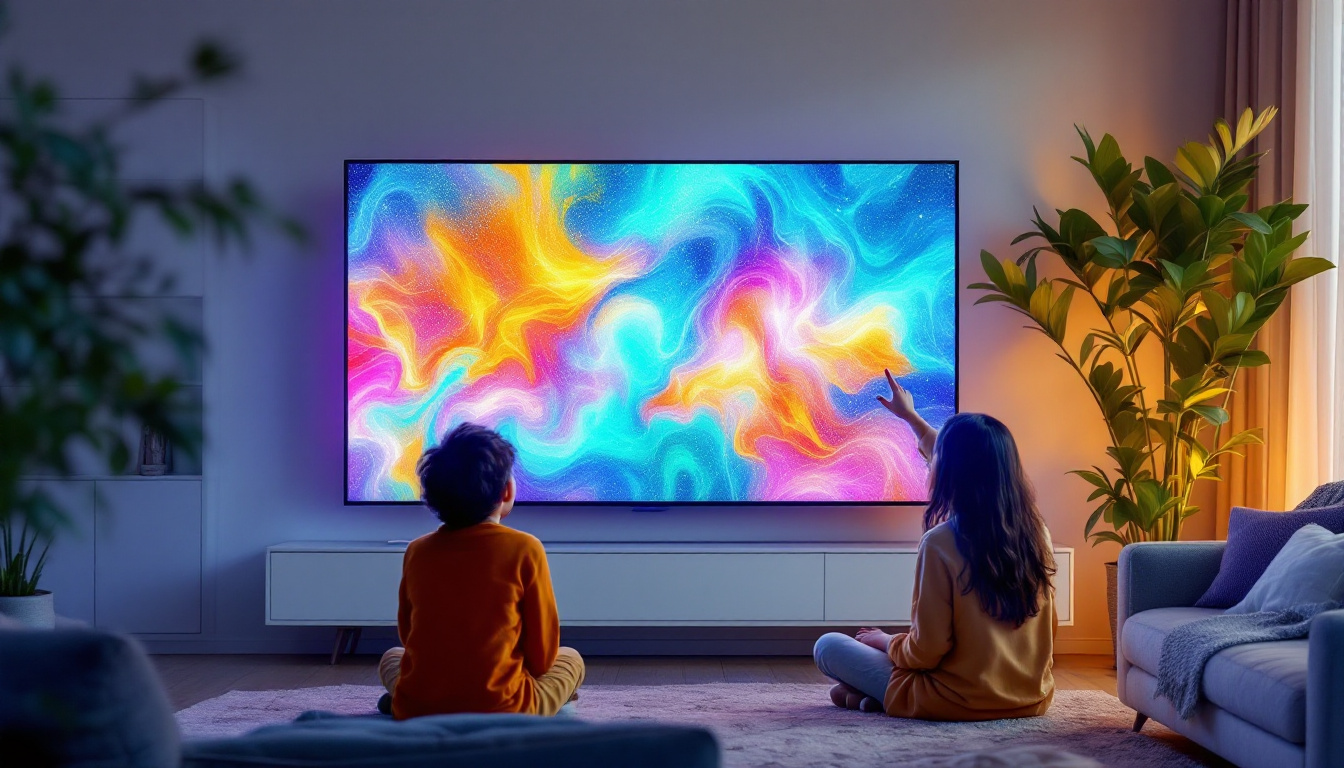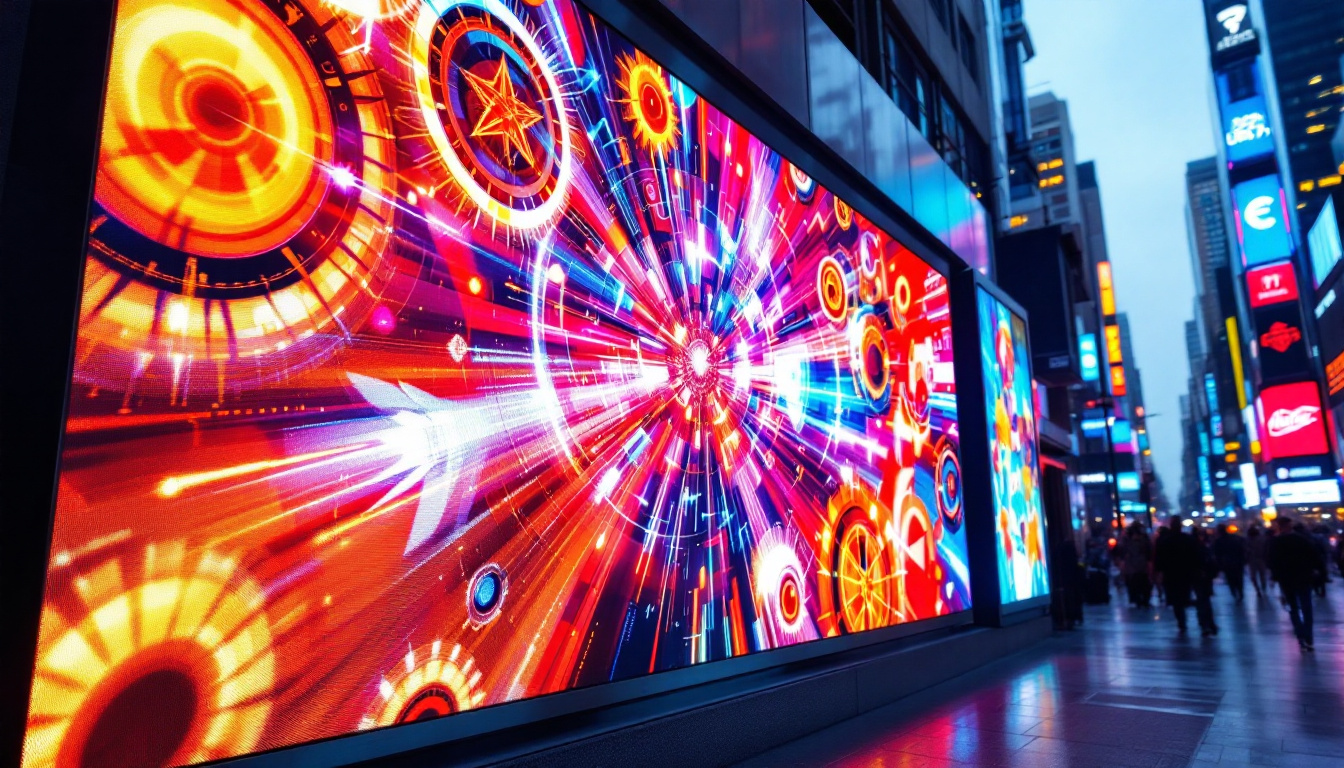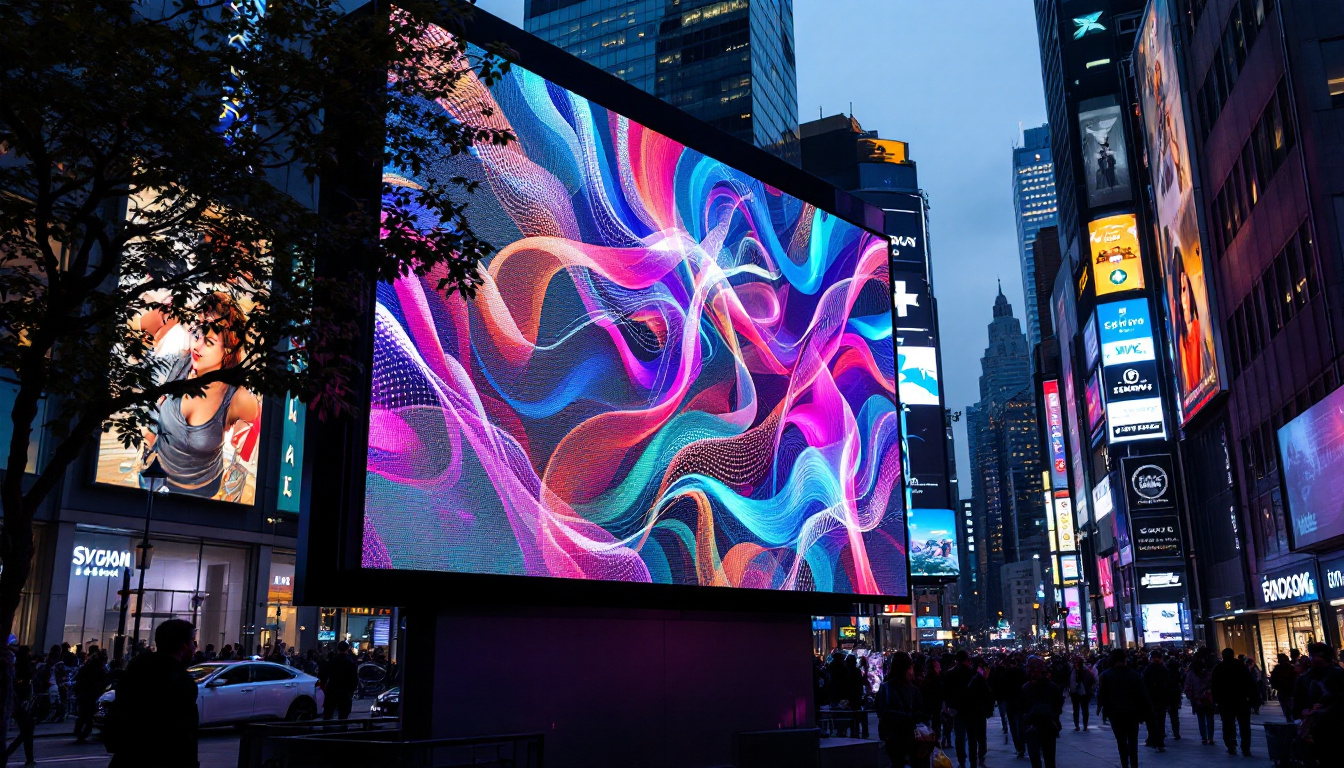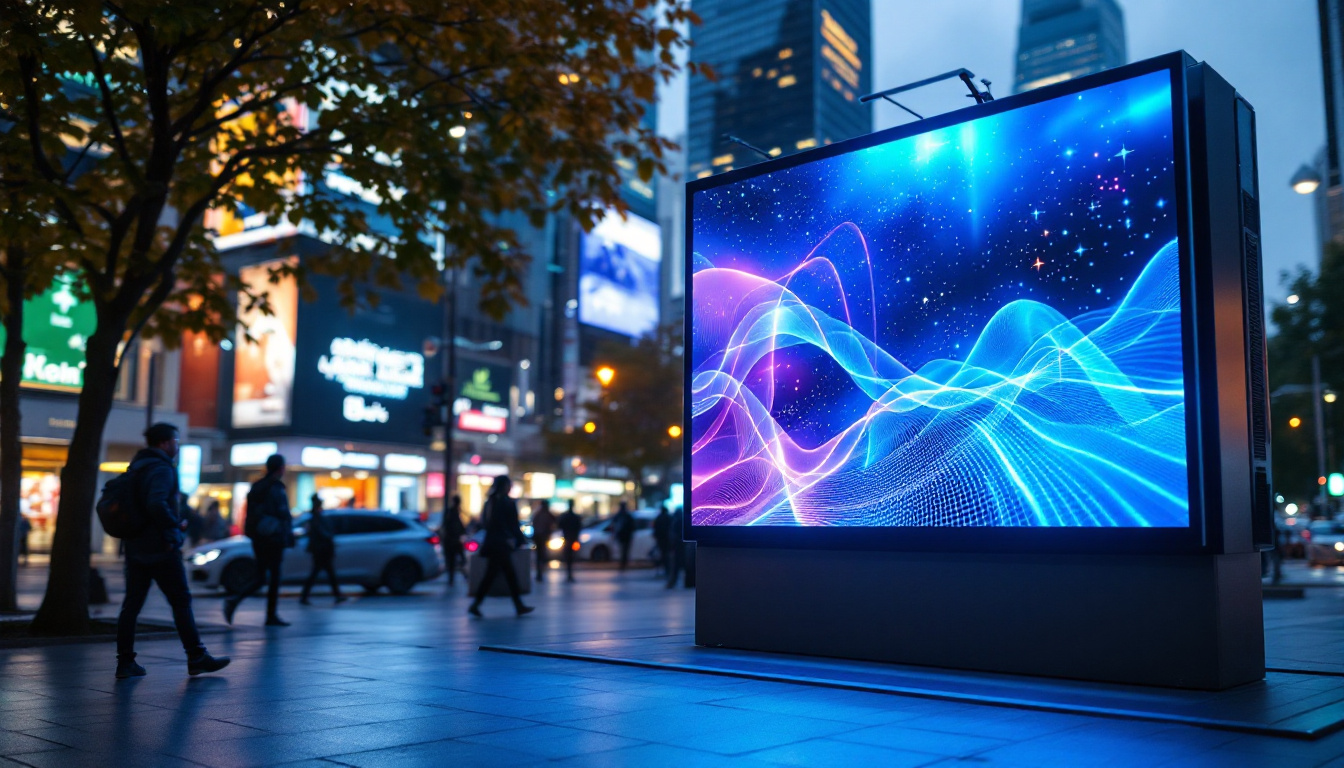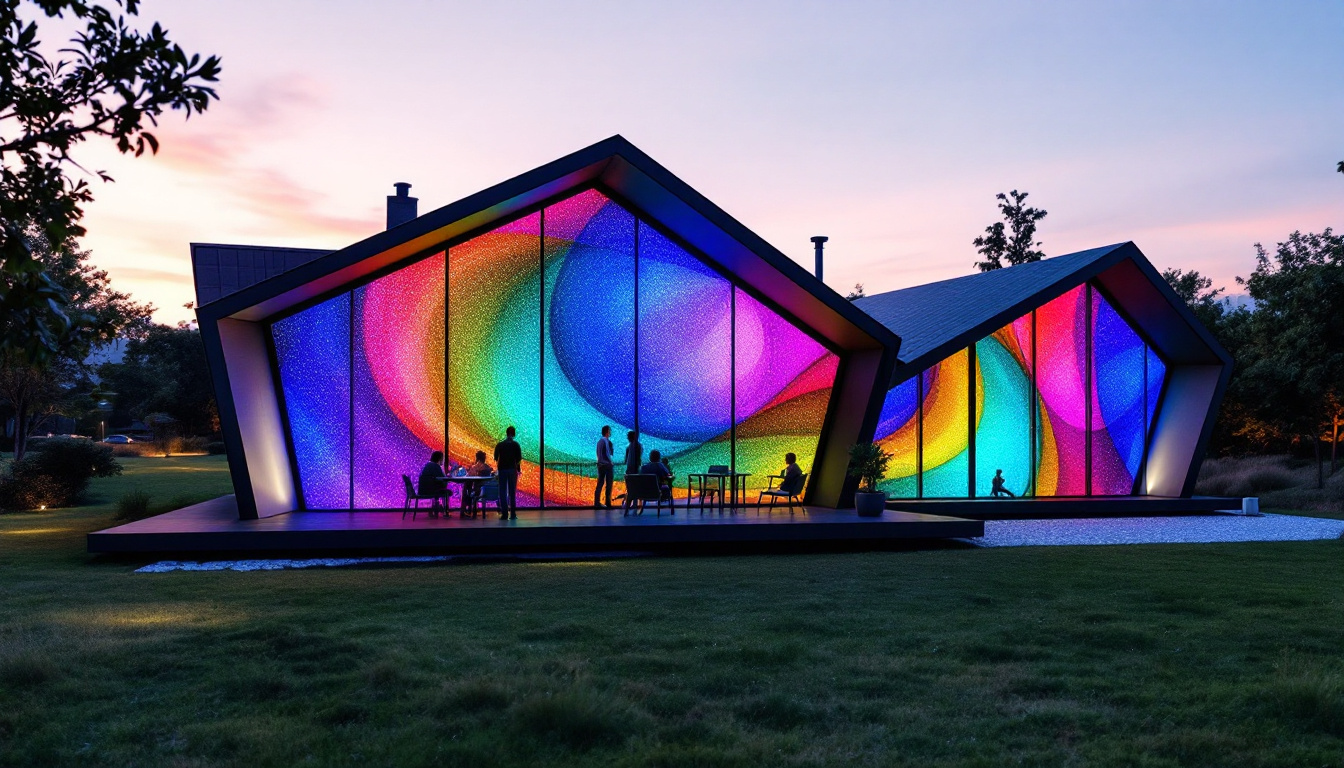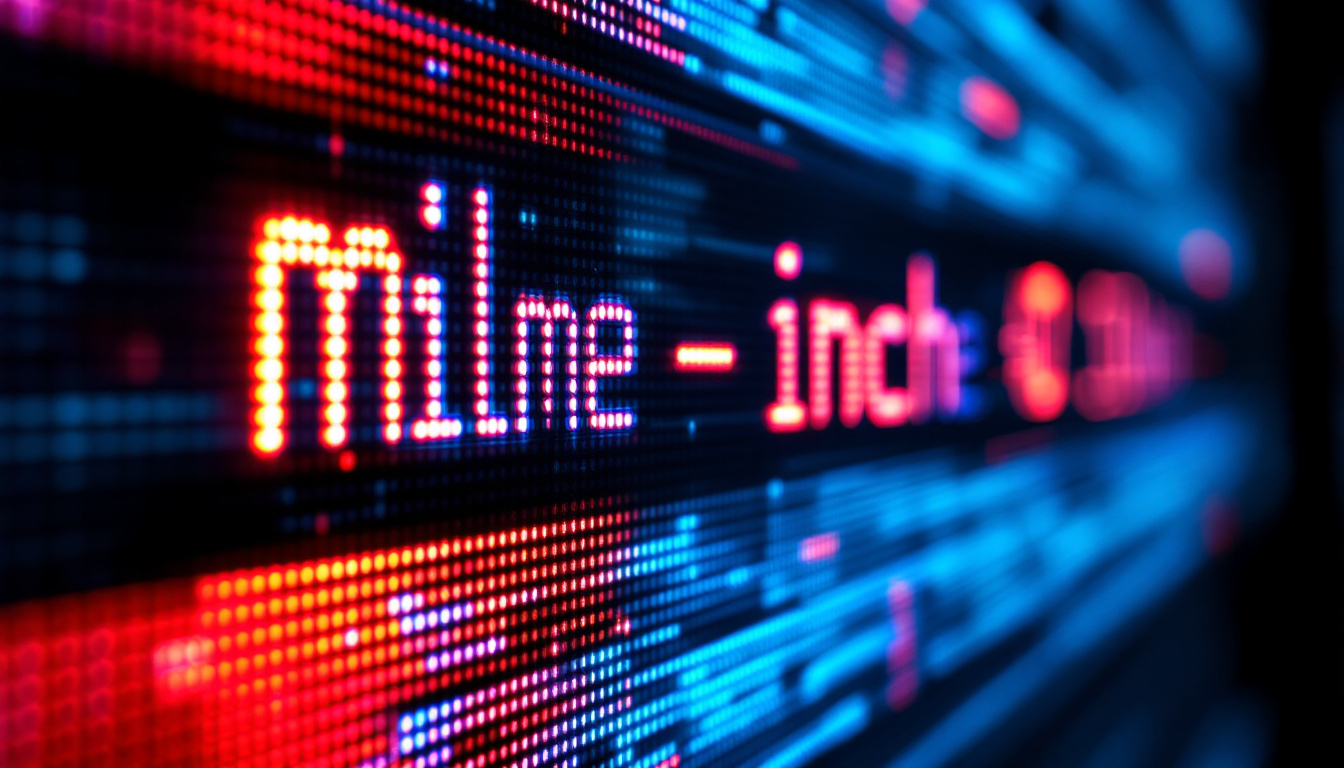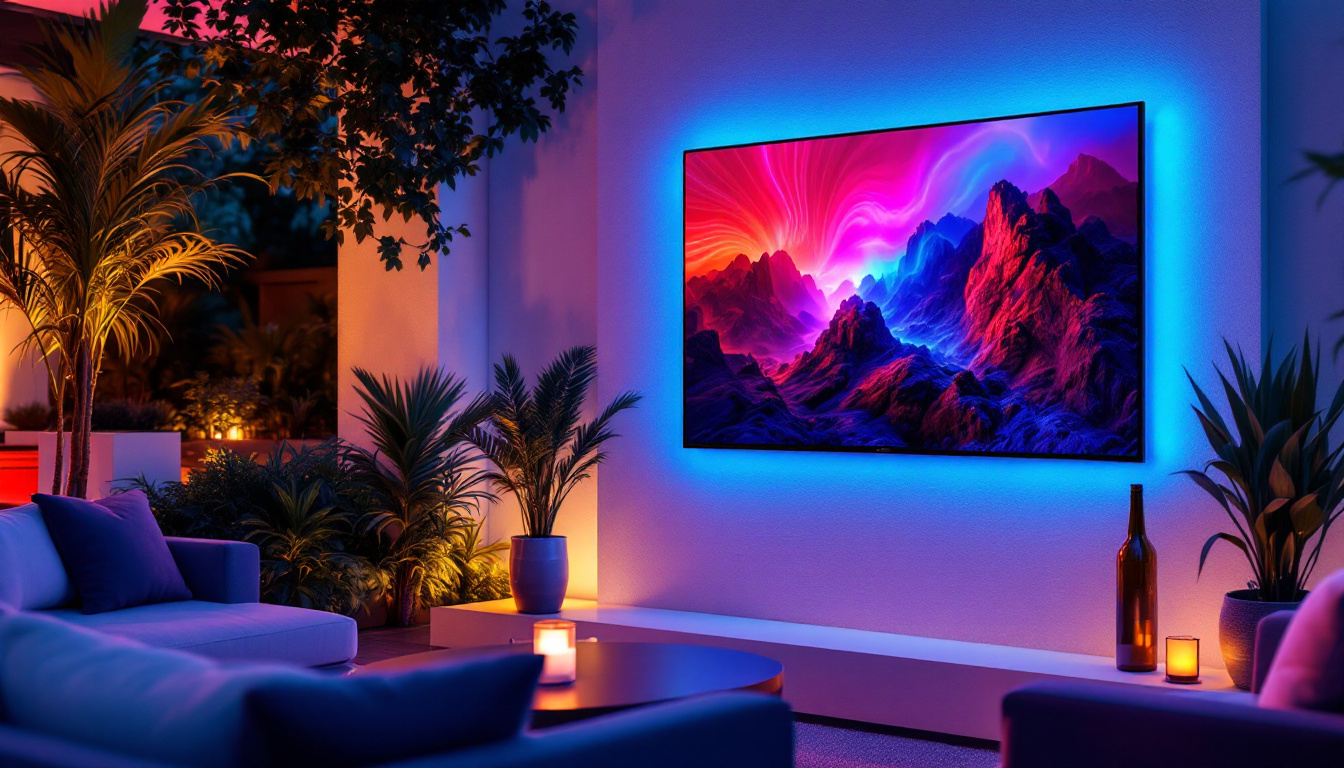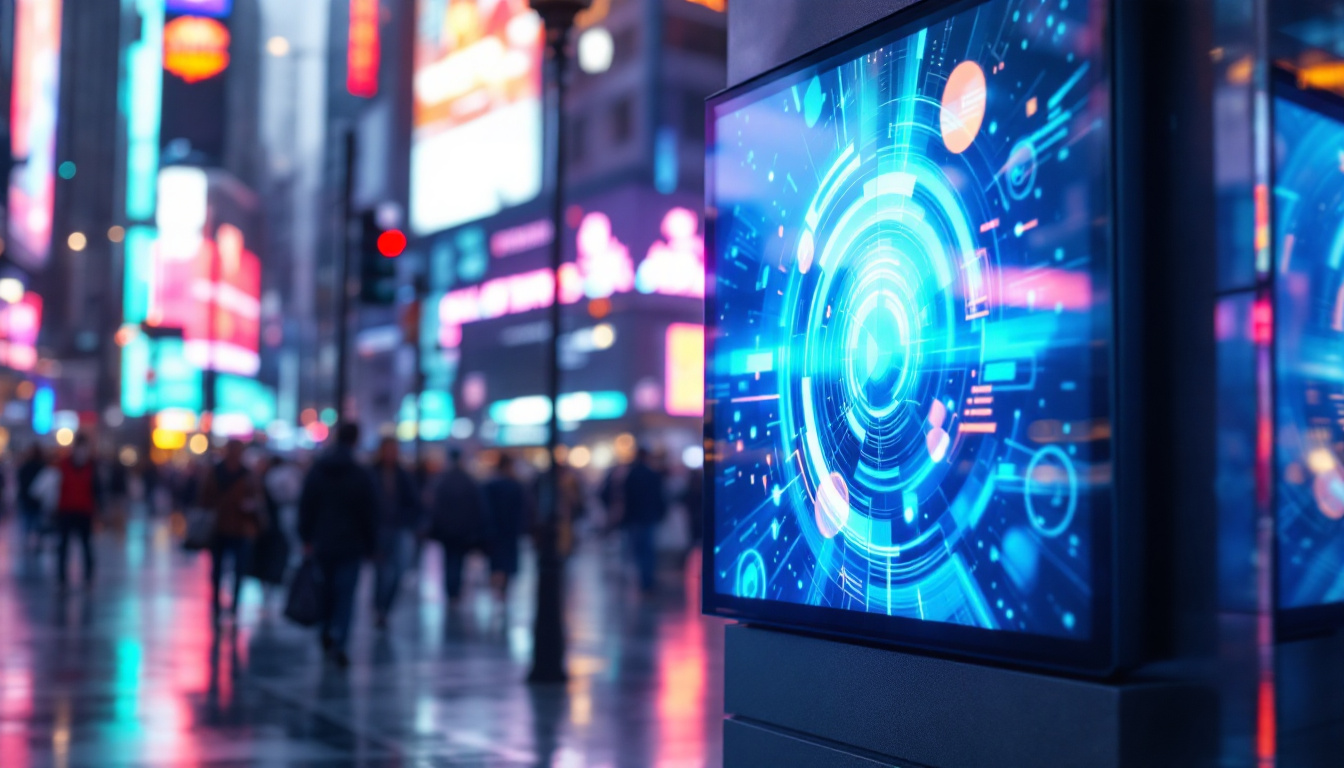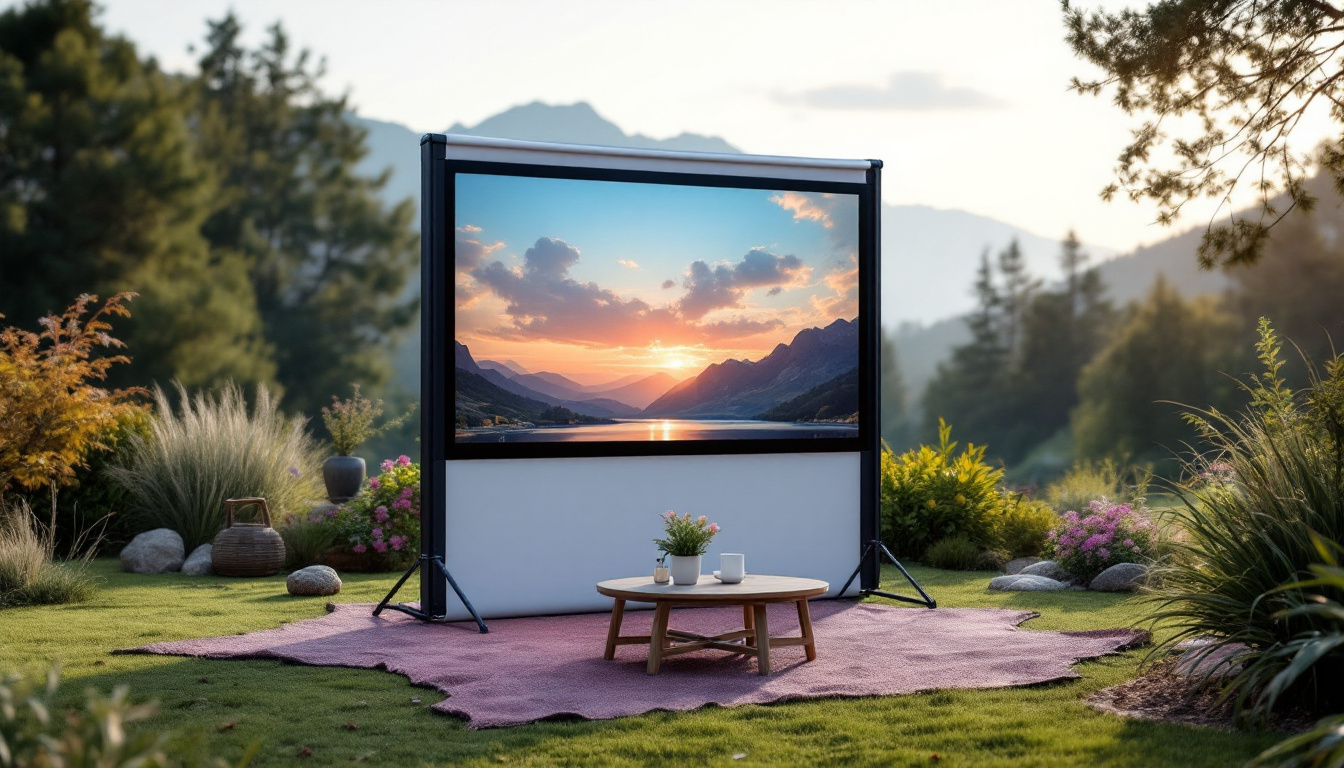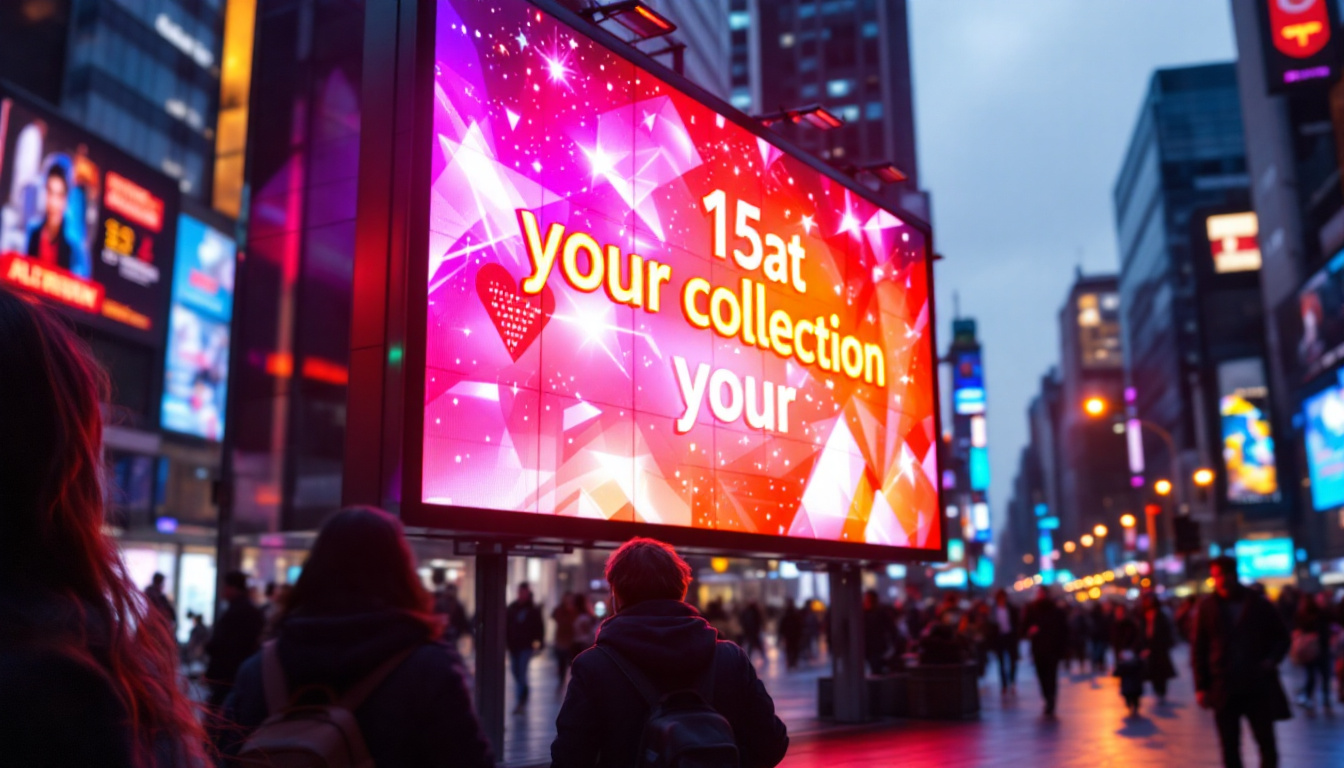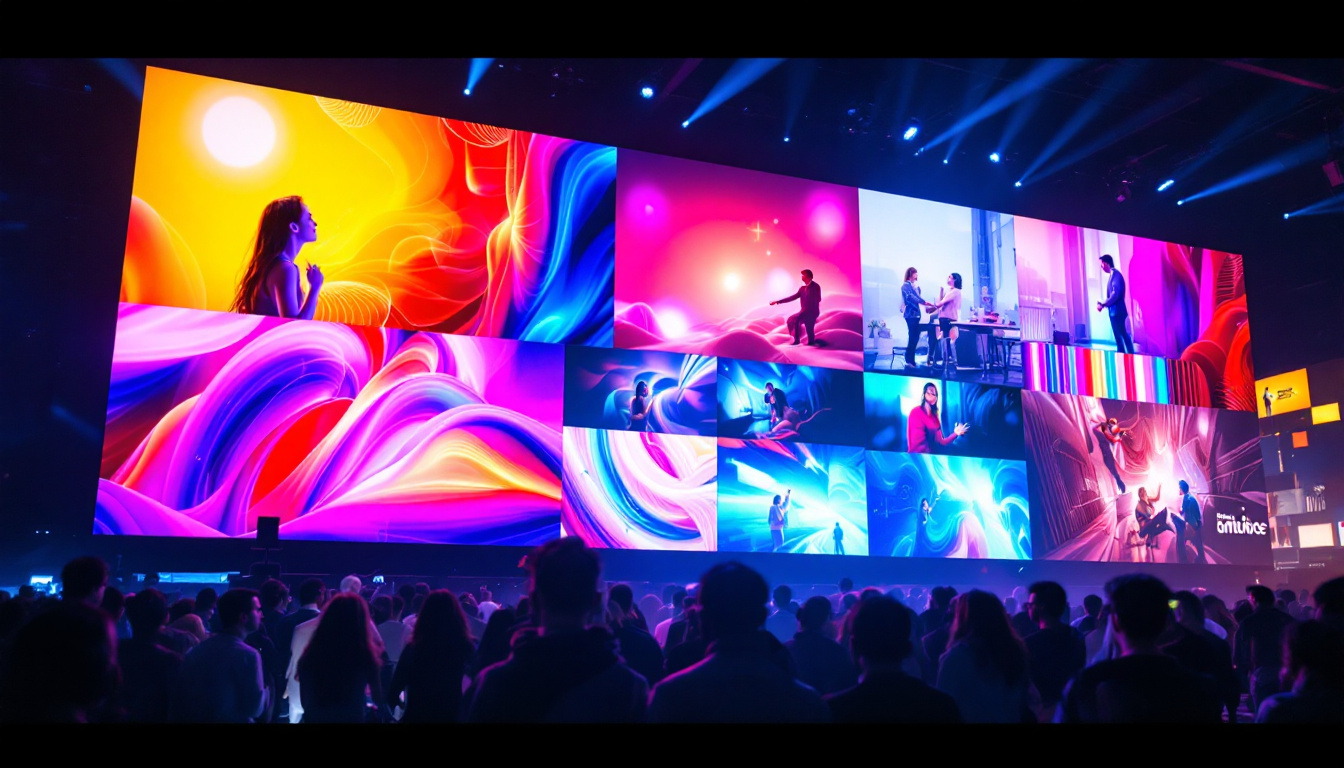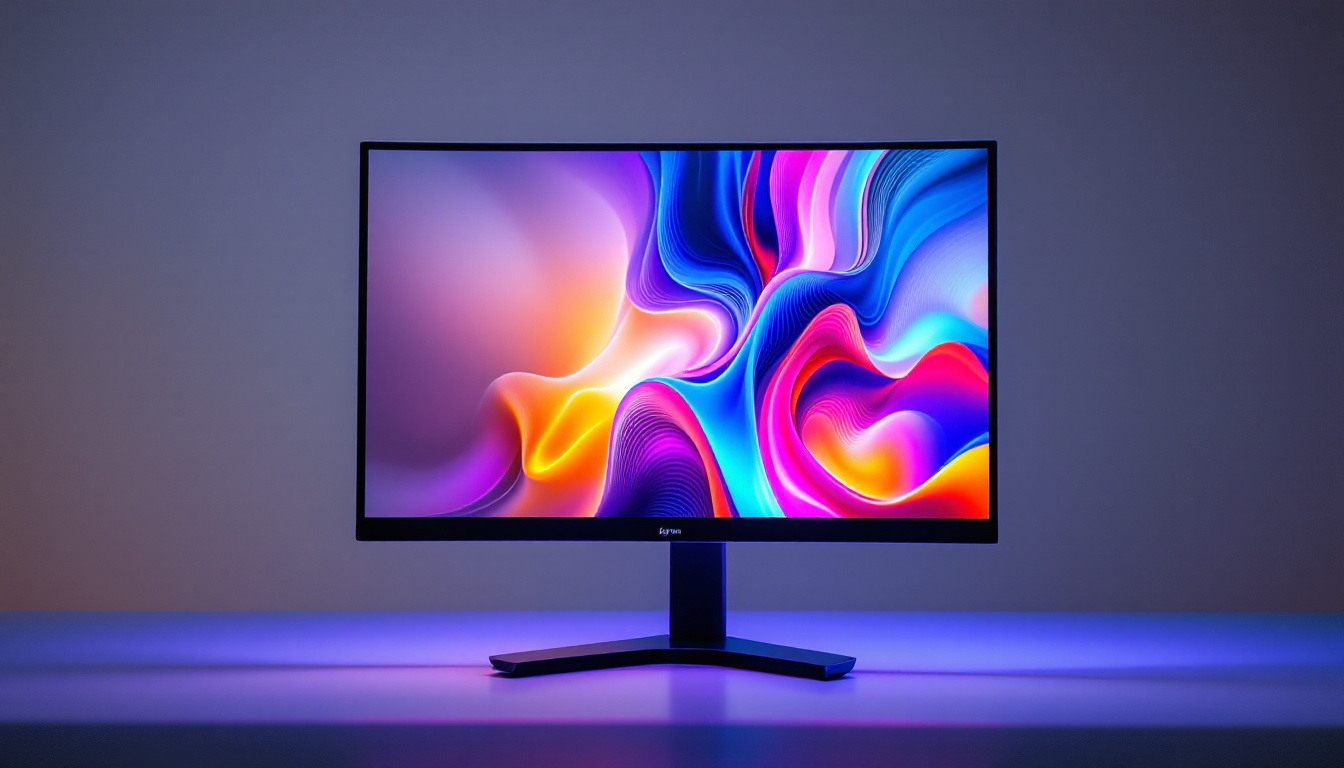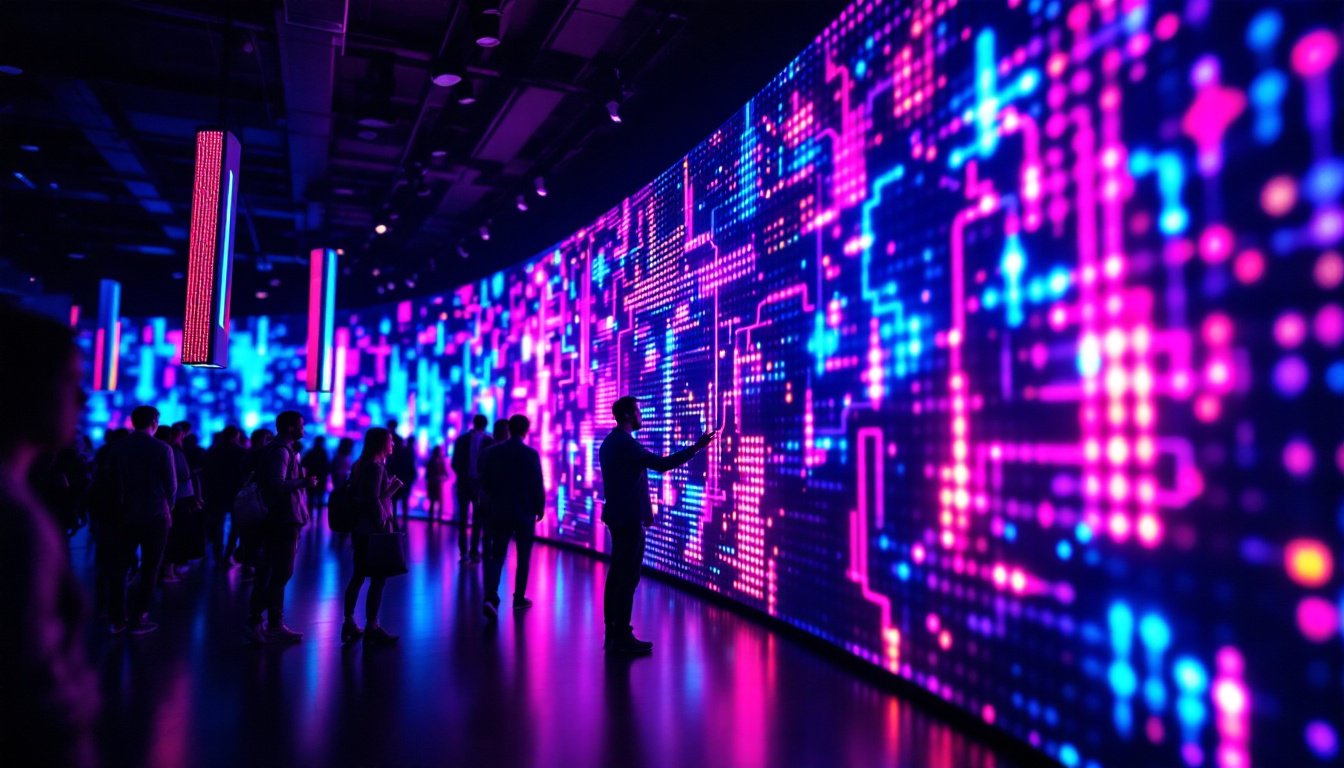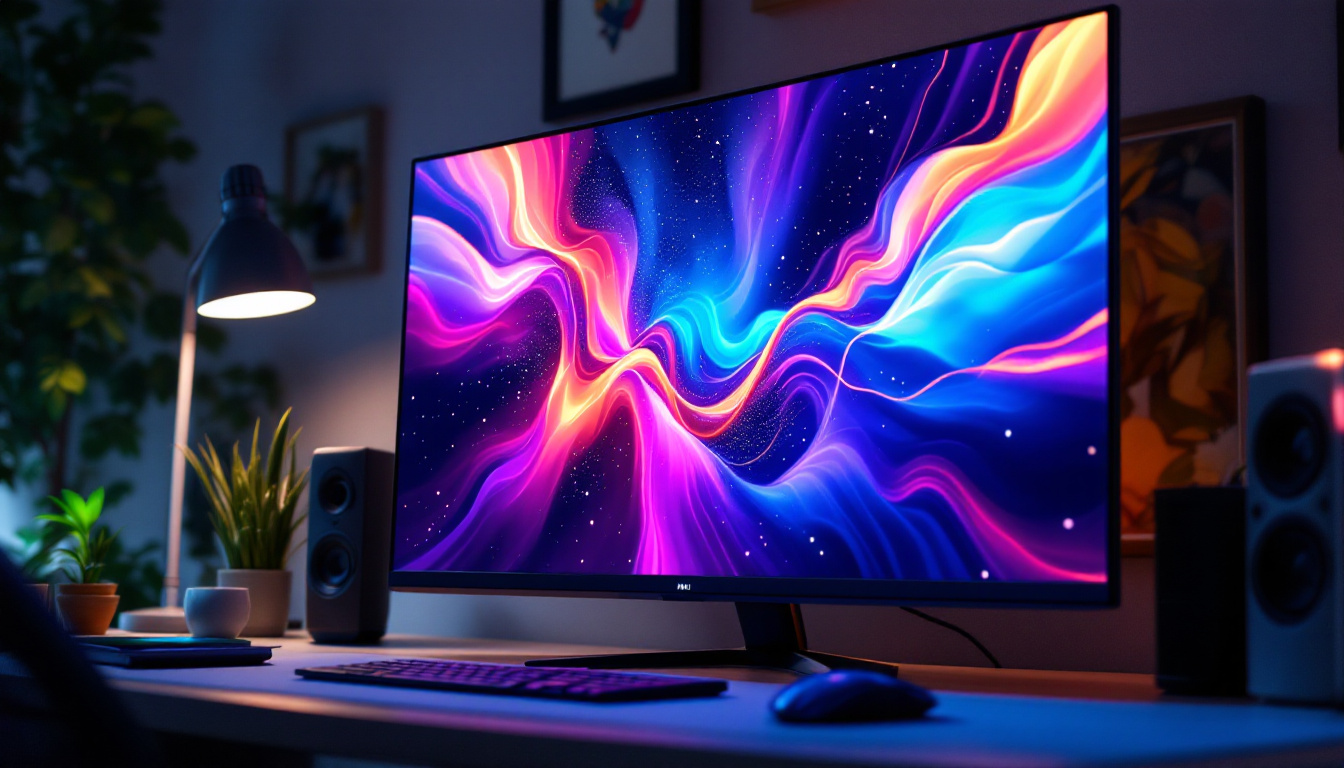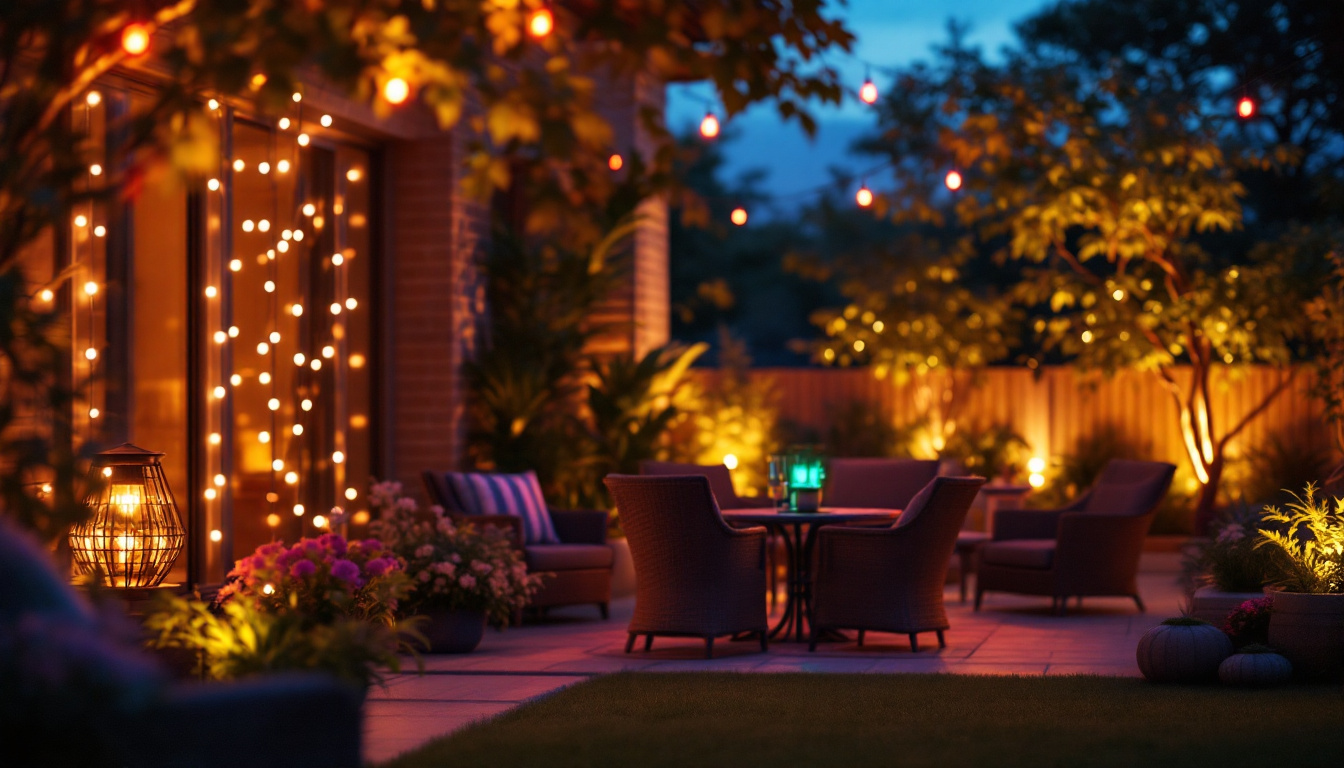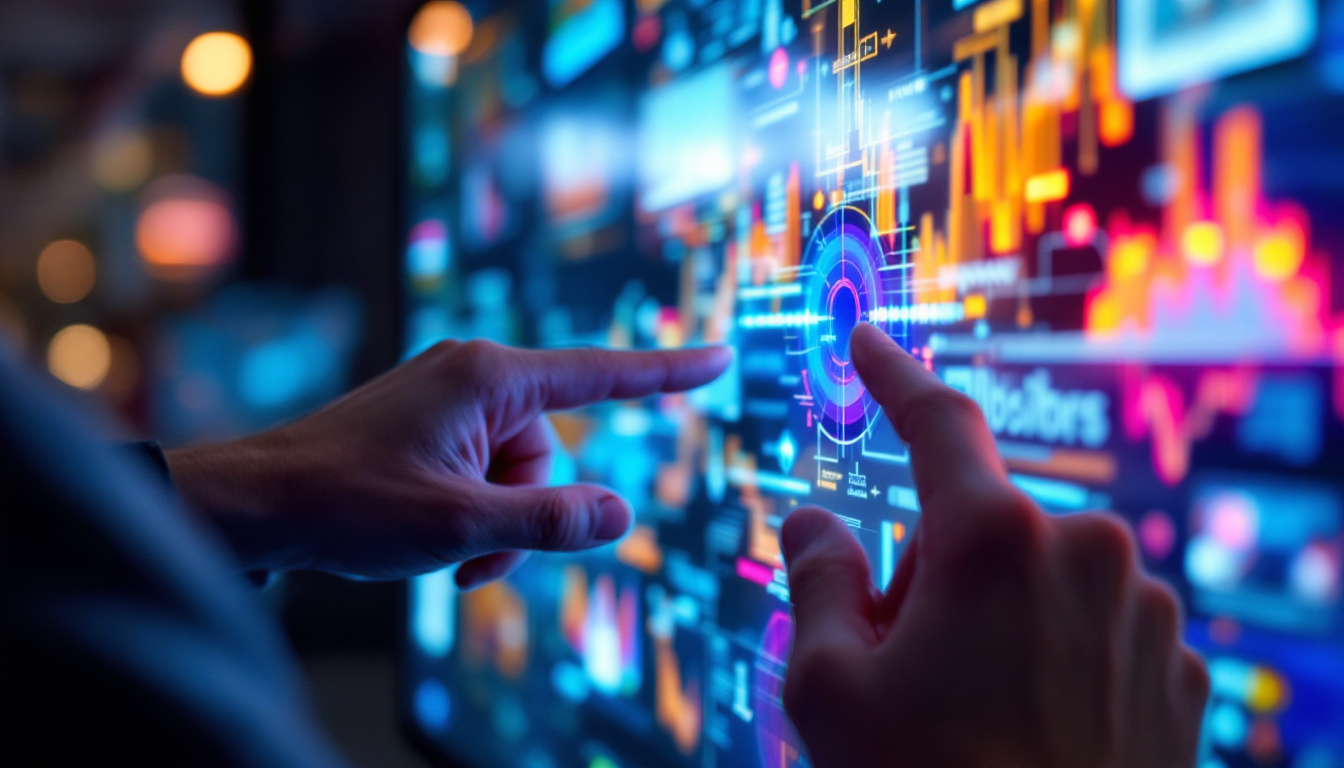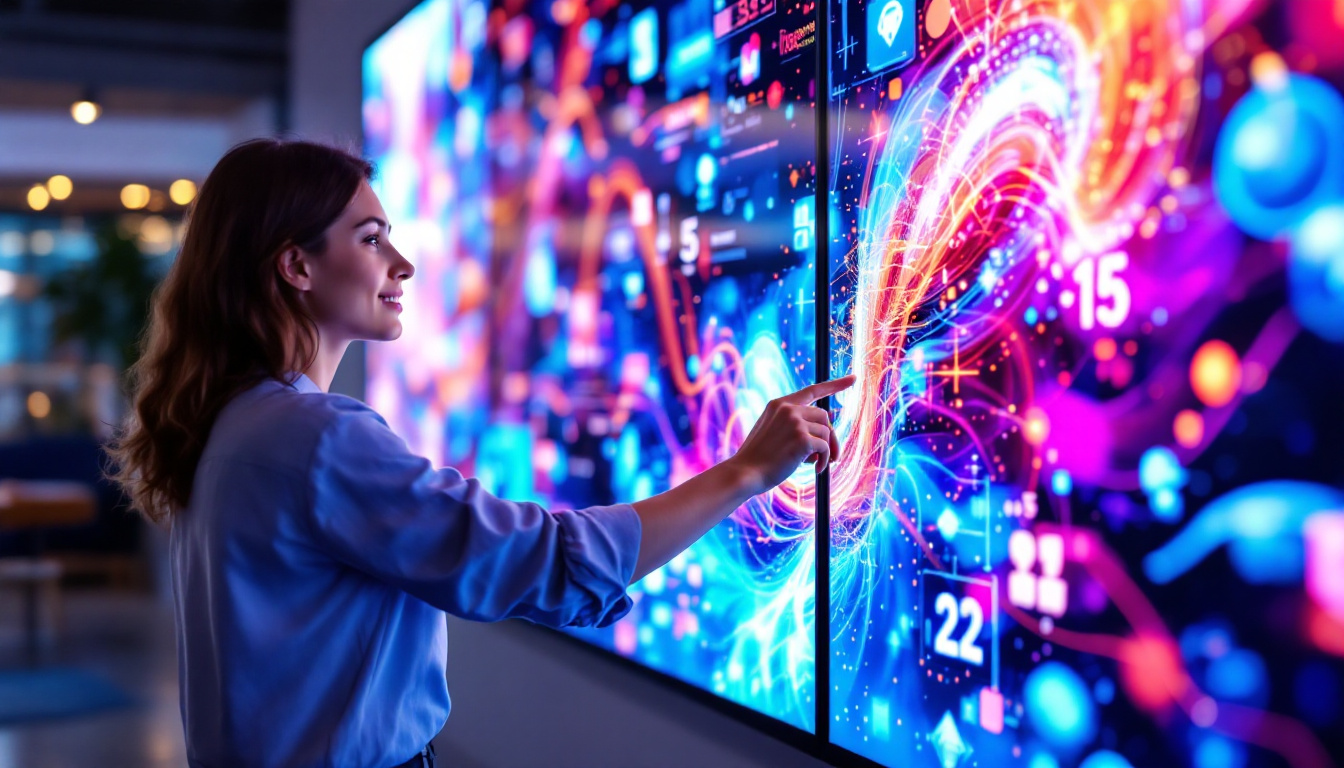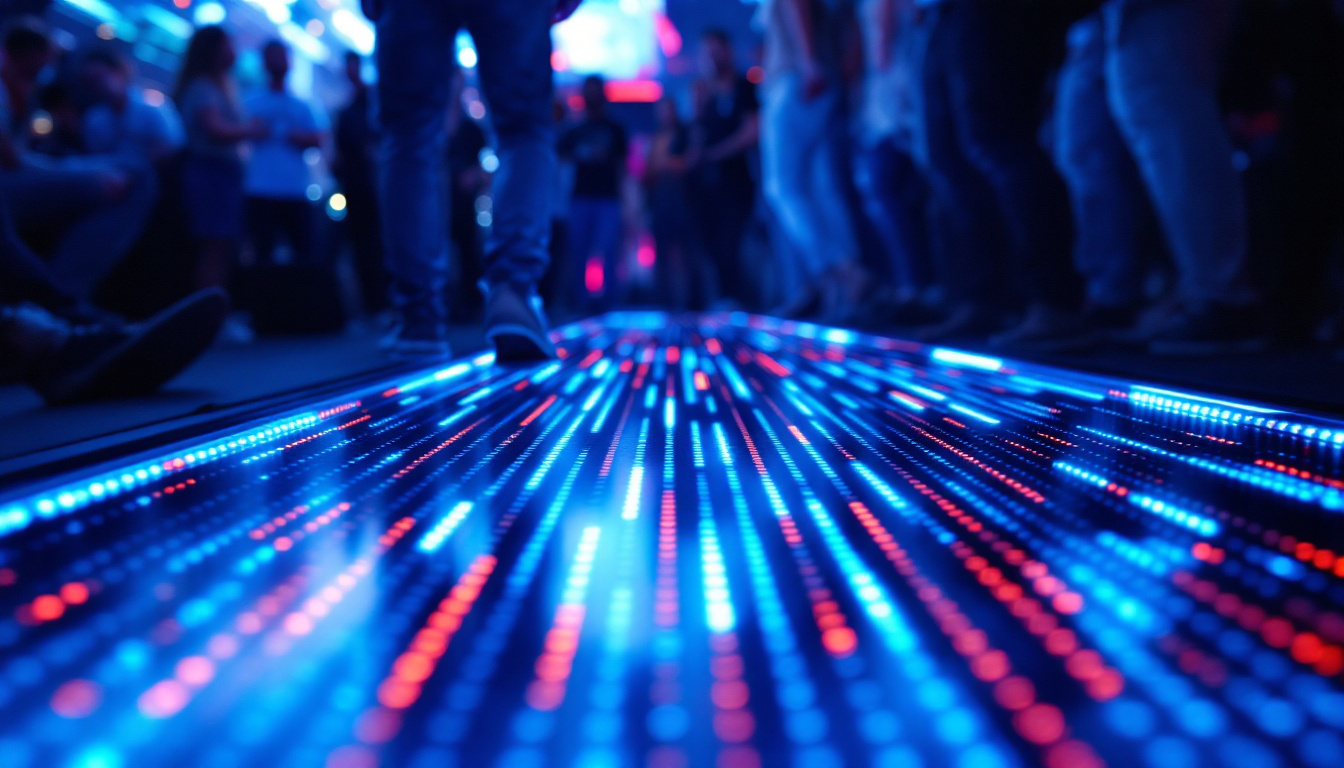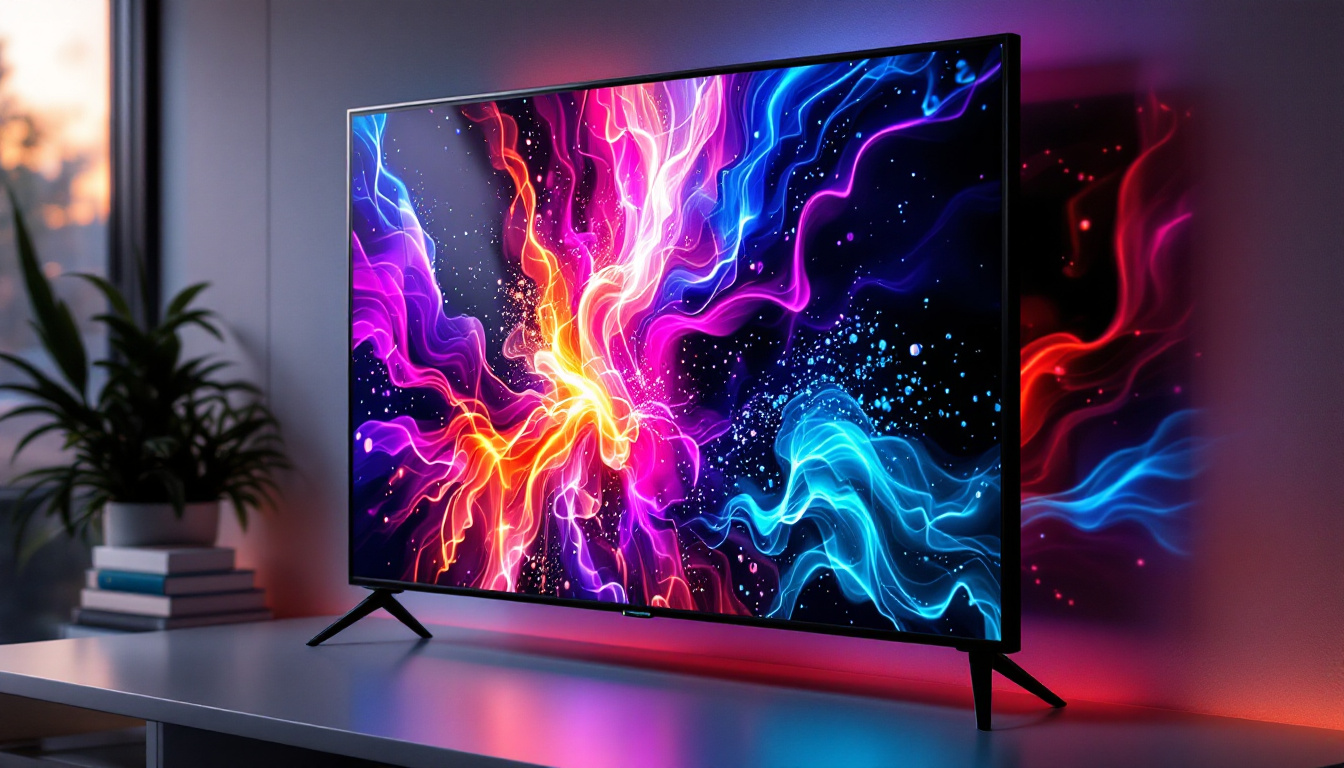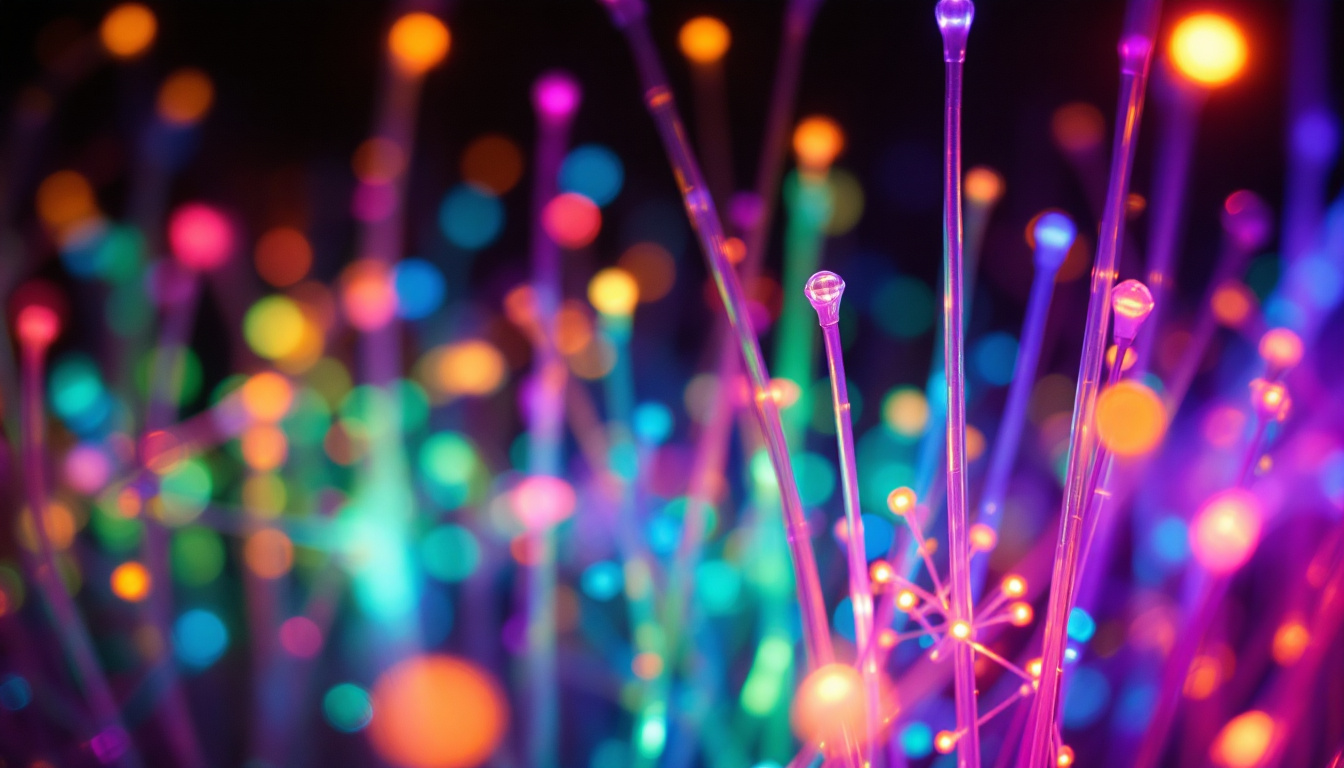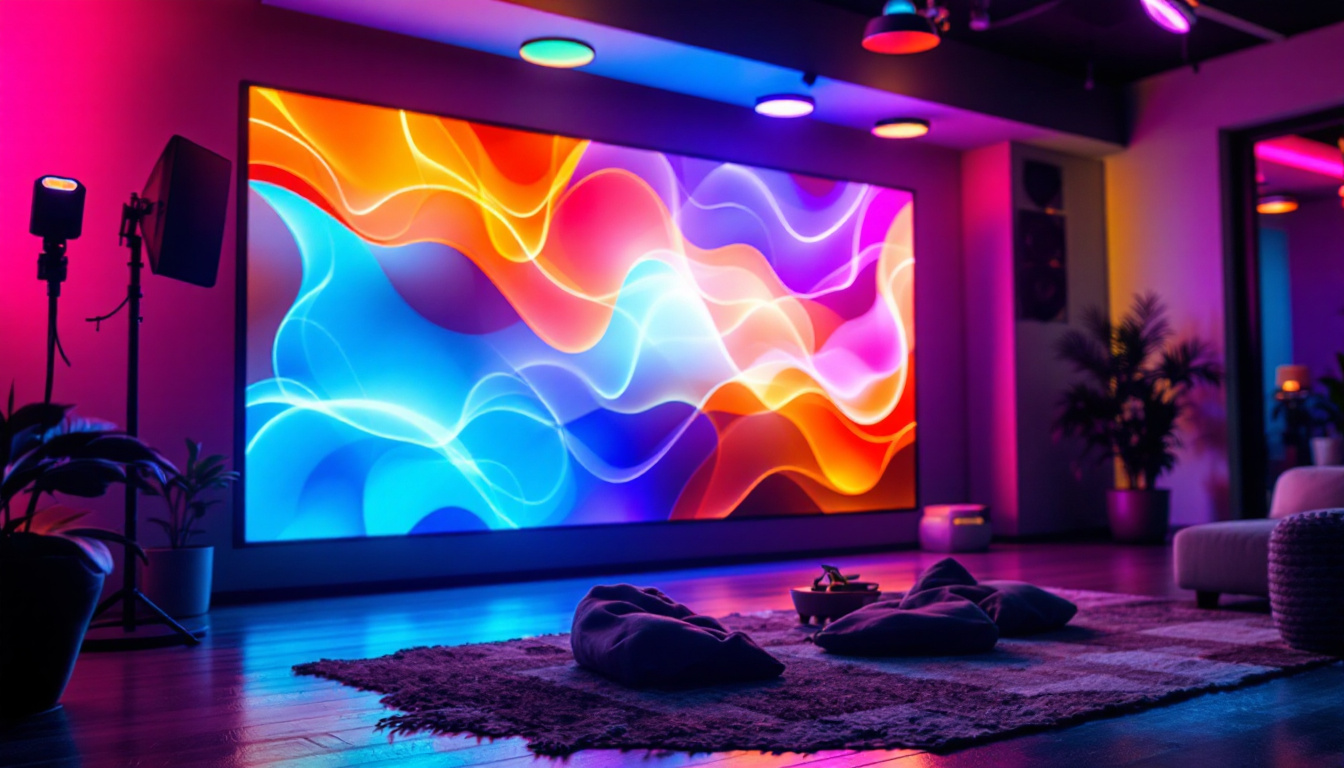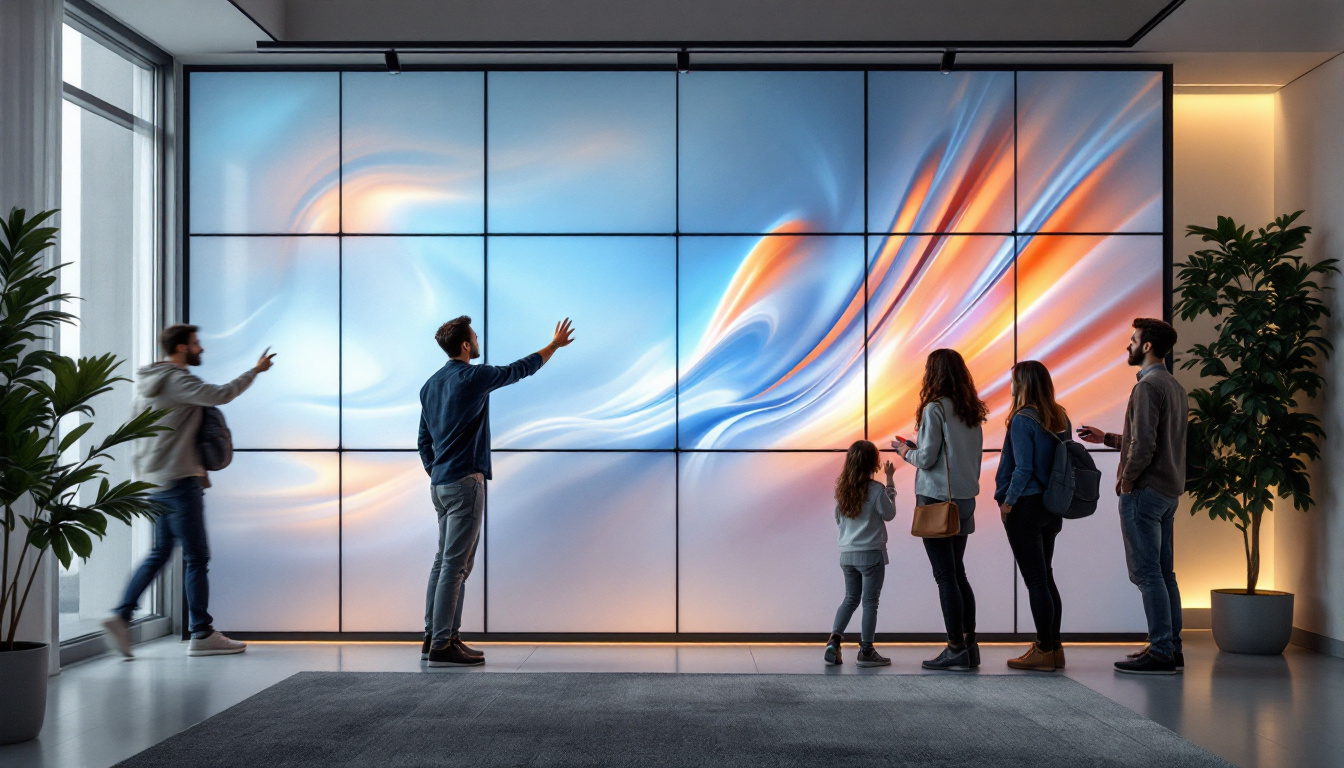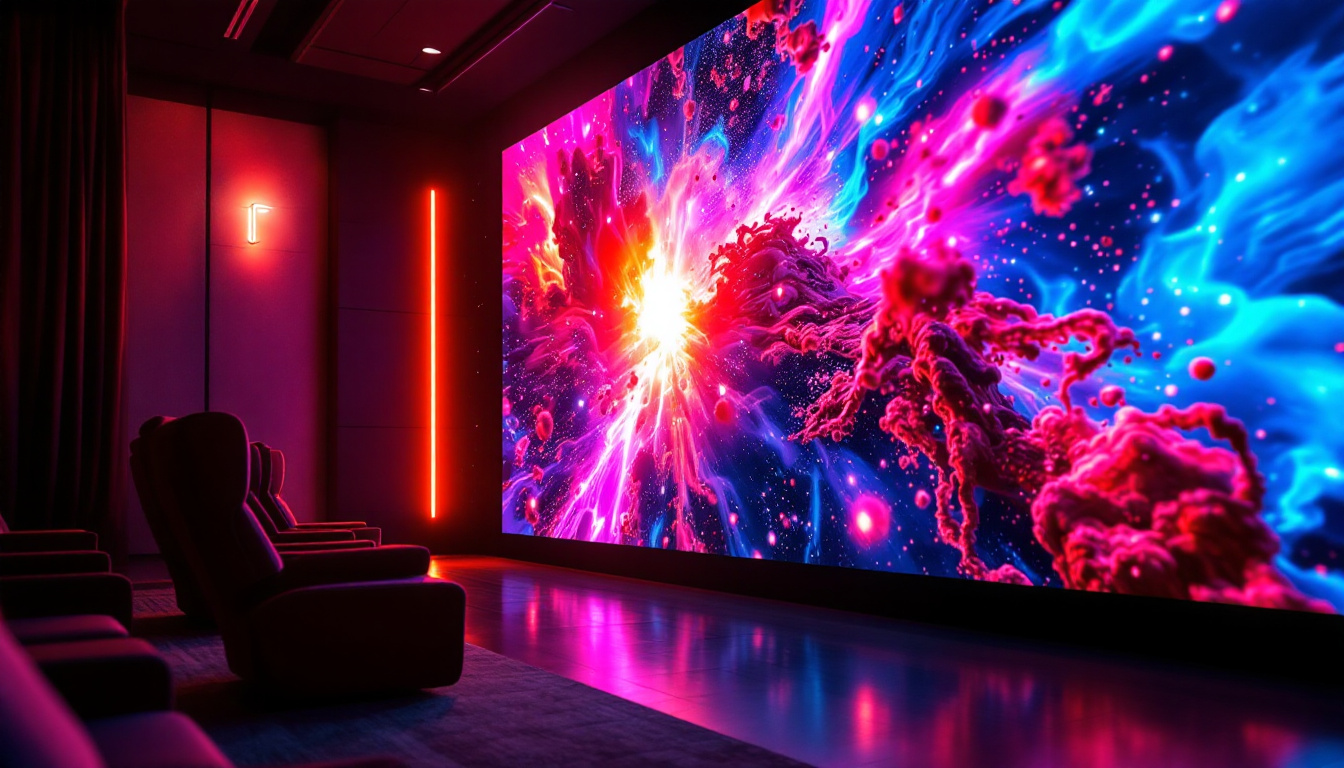What Does LED Mean: LED Display Explained
In the modern world, LED technology has become ubiquitous, found in everything from televisions to streetlights. But what does LED actually mean? This article delves into the definition, workings, and applications of LED displays, providing a comprehensive understanding of this remarkable technology.
Understanding LED: The Basics
LED stands for Light Emitting Diode, a semiconductor device that emits light when an electric current passes through it. This technology has revolutionized the way we think about lighting and displays, offering a more energy-efficient and longer-lasting alternative to traditional incandescent and fluorescent lights. The shift towards LED technology has not only transformed the consumer electronics market but has also had a significant impact on energy consumption and environmental sustainability, leading to a growing interest in LED applications across various industries.
The Science Behind LEDs
The fundamental principle behind LEDs involves electroluminescence, a phenomenon where a material emits light in response to an electric current. When electrons move through the semiconductor material, they recombine with electron holes, releasing energy in the form of photons, which is visible light. This process is highly efficient, as it converts a greater percentage of electrical energy into light compared to traditional lighting methods, which waste a significant amount of energy as heat. The efficiency of LEDs has made them a preferred choice for both residential and commercial lighting solutions, contributing to lower electricity bills and reduced carbon footprints.
LEDs are typically made from materials such as gallium arsenide or gallium phosphide, which can emit different colors of light depending on their composition. This versatility allows for a wide range of applications, from simple indicator lights to complex display screens. Additionally, advancements in LED technology have led to the development of white LEDs, which are created by combining blue LEDs with phosphor coatings. This innovation has opened up new possibilities for general lighting, making it easier to achieve warm, natural light tones suitable for various environments.
Types of LED Displays
LED displays come in various forms, each designed for specific applications. The most common types include:
- Single Color LED Displays: Often used for simple messaging, these displays emit one color and are commonly found in outdoor signage. Their simplicity and effectiveness make them ideal for conveying straightforward information, such as time, temperature, or promotional messages.
- RGB LED Displays: These displays combine red, green, and blue LEDs to create a full spectrum of colors. They are widely used in televisions, computer monitors, and digital billboards. The ability to mix colors allows for dynamic content, making them perfect for advertising and entertainment, where visual impact is crucial.
- OLED Displays: Organic Light Emitting Diodes (OLEDs) are a newer technology that offers even better color reproduction and contrast ratios, making them popular in high-end televisions and smartphones. Unlike traditional LED displays, OLEDs do not require a backlight, allowing for thinner screens and improved viewing angles, as well as deeper blacks and vibrant colors.
In addition to these common types, there are also specialized LED displays, such as transparent LEDs, which are increasingly being used in retail environments to create eye-catching window displays without obstructing visibility. Furthermore, flexible LED screens are emerging as a popular choice for innovative architectural designs, enabling curved and dynamic shapes that enhance the aesthetic appeal of buildings and installations. The ongoing advancements in LED technology continue to push the boundaries of what’s possible in visual displays, making them an exciting area of development in both consumer and professional markets.
The Advantages of LED Technology
LED technology has gained immense popularity due to its numerous advantages over traditional lighting systems. Understanding these benefits can help consumers and businesses make informed decisions about their lighting and display needs.
Energy Efficiency
One of the most significant advantages of LED technology is its energy efficiency. LEDs consume up to 75% less energy than incandescent bulbs, resulting in lower electricity bills and a reduced carbon footprint. This efficiency not only saves money but also contributes to environmental sustainability. Moreover, the lower energy consumption of LEDs means that they generate less heat, which can lead to reduced cooling costs in spaces where lighting is used extensively. This aspect is particularly advantageous in commercial settings, where large-scale lighting can significantly impact overall energy usage.
Longevity and Durability
LEDs have an impressive lifespan, often lasting up to 25,000 hours or more. This longevity means less frequent replacements, which is particularly beneficial for businesses and public installations. Additionally, LEDs are more durable than traditional bulbs, as they are less prone to breaking and can withstand harsher conditions. Unlike incandescent and fluorescent bulbs, which can be sensitive to temperature fluctuations and vibrations, LEDs are solid-state lights, making them ideal for outdoor applications and in environments where durability is paramount. Their resilience also translates to lower maintenance costs, as facilities do not need to allocate resources for frequent bulb changes or repairs.
Versatility in Design
Another remarkable advantage of LED technology is its versatility in design. LEDs are available in a wide range of colors and can be easily integrated into various lighting fixtures, from recessed lights to decorative chandeliers. This adaptability allows designers and architects to create innovative lighting solutions tailored to specific aesthetics and functional requirements. Furthermore, LED technology supports advanced features such as dimming and color-changing capabilities, enabling users to customize their lighting experience based on mood or activity. This level of flexibility is particularly appealing in settings such as restaurants, theaters, and homes, where ambiance plays a crucial role in the overall experience.
Applications of LED Displays
LED displays are used in a wide range of applications, showcasing their versatility and effectiveness. From advertising to entertainment, the possibilities are virtually limitless.
Advertising and Marketing
One of the most common uses of LED displays is in advertising. Digital billboards and signage have become a staple in urban environments, capturing the attention of passersby with vibrant colors and dynamic content. Advertisers can easily update their messages in real-time, making LED displays a powerful tool for marketing campaigns. Moreover, the ability to target specific demographics through location-based advertising enhances the effectiveness of campaigns, allowing brands to tailor their messages to the right audience at the right time. This adaptability not only maximizes engagement but also drives higher conversion rates, making LED displays an invaluable asset for businesses looking to stand out in a competitive market.
Entertainment and Events
In the entertainment industry, LED displays are used for concerts, sporting events, and theatrical productions. Large LED screens enhance the audience experience by providing high-quality visuals and real-time information. The ability to create stunning visual effects has transformed live performances, making them more engaging and memorable. Additionally, LED technology allows for innovative stage designs, where screens can be seamlessly integrated into the set, creating immersive environments that captivate audiences. The flexibility of LED displays also enables event organizers to customize content for different themes or moods, further enriching the overall experience for attendees.
Transportation and Public Information
LED displays play a crucial role in transportation systems, providing real-time information to commuters. From train stations to airports, LED screens display arrival and departure times, gate information, and other essential updates. This technology improves efficiency and enhances the overall travel experience. Beyond just schedules, LED displays can also communicate important safety information, such as emergency alerts or changes in service due to weather conditions, ensuring that passengers are always informed. Furthermore, the durability and low power consumption of LED technology make it an ideal choice for outdoor installations, where reliability and visibility are paramount in high-traffic areas.
Challenges and Considerations
While LED technology offers numerous benefits, there are also challenges and considerations that users must keep in mind. Understanding these factors can help make informed choices when implementing LED displays.
Initial Costs
Although LED displays are more cost-effective in the long run due to their energy efficiency and longevity, the initial investment can be higher than traditional lighting solutions. Businesses must weigh the upfront costs against the long-term savings to determine the best option for their needs.
Brightness and Visibility
LED displays can be incredibly bright, which is advantageous in outdoor settings. However, in indoor environments, excessive brightness can lead to glare and discomfort. It is essential to choose the right brightness level for the intended application to ensure optimal visibility without causing eye strain.
The Future of LED Technology
The future of LED technology looks promising, with ongoing advancements and innovations shaping its evolution. As the demand for energy-efficient solutions continues to grow, researchers and manufacturers are exploring new materials and designs to enhance LED performance.
Smart LED Displays
With the rise of smart technology, LED displays are becoming increasingly integrated with digital systems. Smart LED displays can connect to the internet, allowing for real-time data updates and remote management. This connectivity opens up new possibilities for interactive advertising and personalized content delivery.
Improved Color Accuracy
Future developments in LED technology may also focus on improving color accuracy and reproduction. Enhanced color performance will make LED displays even more appealing for applications in photography, design, and media production, where precise color representation is crucial.
Conclusion
LED technology has transformed the way we illuminate our environments and communicate visually. From its scientific foundation to its diverse applications, understanding what LED means and how it works is essential for anyone interested in modern technology. As advancements continue to unfold, the potential for LED displays remains vast, promising exciting developments in the years to come.
As consumers and businesses increasingly recognize the benefits of LED technology, its adoption will likely continue to rise, paving the way for a more energy-efficient and visually engaging future.
Explore the Future of LED Technology with LumenMatrix
As you embrace the energy-efficient and visually stunning possibilities of LED technology, consider LumenMatrix as your partner in innovation. With a comprehensive range of LED display solutions, from Indoor and Outdoor LED Walls to specialized displays like Vehicle LED and Transparent LED, LumenMatrix is at the forefront of revolutionizing visual communication. Whether you’re looking to captivate audiences, enhance brand visibility, or create immersive experiences, our cutting-edge LED display modules are designed to meet your needs. Check out LumenMatrix LED Display Solutions today and take the first step towards transforming your visual engagement.

